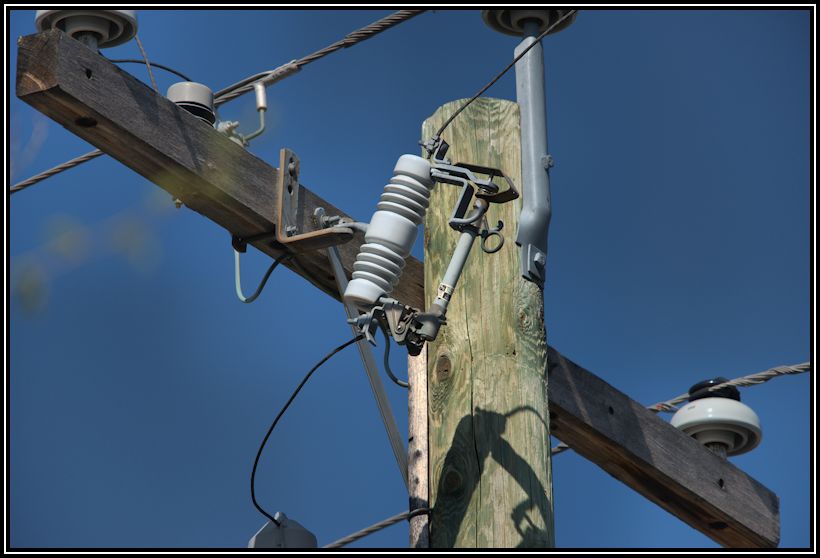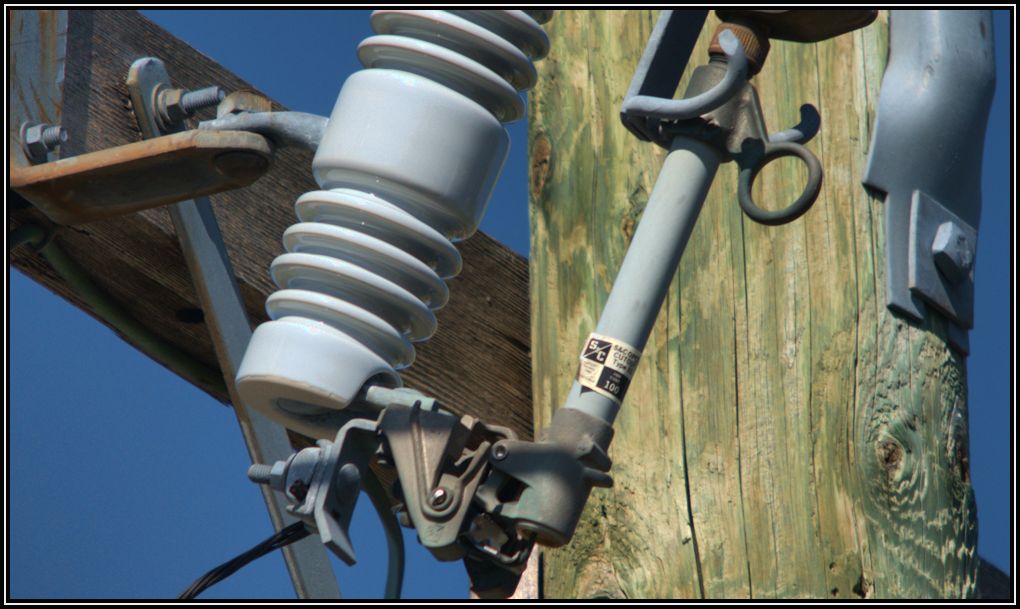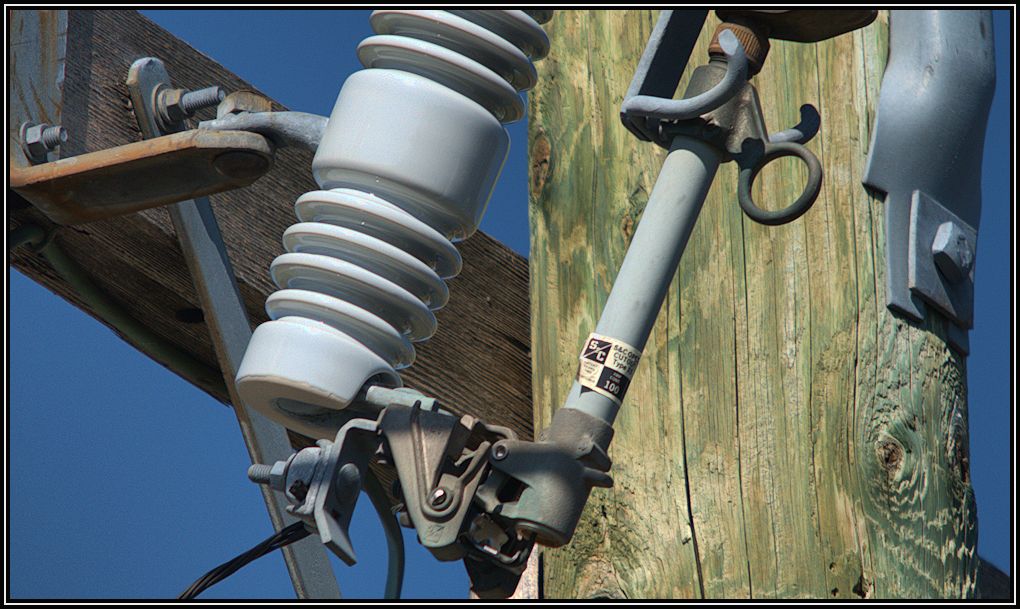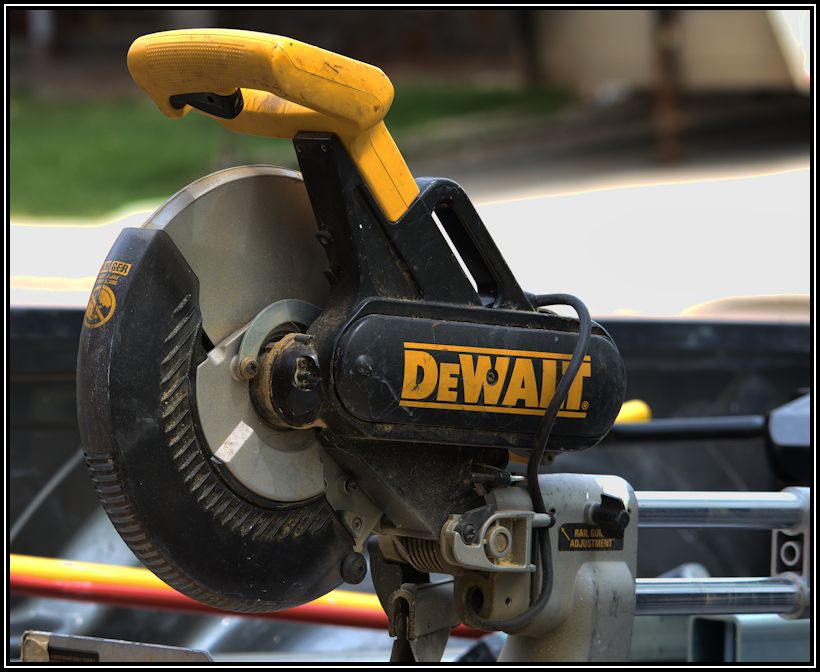Page created May 21, 2012
Use browser "Back" arrow to return to the page from which you came.
Introduction
Some time ago Thom Hogan published a review of the Sigma 150 - 500 mm tele-zoom. Overall he found the lens a very good value but rather lacking in absolute terms. You can find the review HERE. Over three years ago I purchased this lens as a stop-gap while waiting for the upgraded 80 - 400 mm Nikkor (still waiting) for use with the D7000 and found it much better than what Hogan suggests. Usually I agree with his findings so it is possible the differences observed in this instance are because of unit-to-unit variations in quality more common with "Brand X" products than within Nikon or Canon offerings.
I have captured many excellent images with the D7000 / 150 - 500 mm combo. The sensor resolution of the D800 is almost the same as that of the D7000 so decided to conduct some FX field tests.
It is notoriously difficult to obtain sharp images with any tele, regardless of quality. I have explored the subject elsewhere and recommend that article as background to the information found here. To summarize, scrupulously disciplined technique can be more of a factor in getting good telephoto shots than the quality of the lens itself.
This lens has been somewhat maligned by reviewers. It certainly has significant limitations but these are are not so much in regard to image quality as in speed, which is where Sigma has chosen to make the cost-cutting compromises. There is also the matter of an optical stabilization system which, while almost dramatically effective, is slow to engage. All the same, once you come to terms with the shortcomings and idiosyncracies of this lens you can do some fine work with it.
About the Sigma
Following is a short re-cap of my experience with the Sigma.
- Sharp at all focal lengths. There's a slight fall-off at 500 mm but still capable of fine images at the diffraction limit.
- No noticeable chromatic aberration.
- Flare resistant although extremely bright specular reflections may show a bit of surrounding haze.
- Slow (F/5 - 6.3) which is an important limitation and, no doubt, the main reason the lens is inexpensive.
- Excellent image stabilization (OIS) BUT (that's a BIG "but") it is very slow to engage. At the half-way point of shutter release you MUST wait 2 seconds even if the "shoot" cue says OK. That's a long time in some circumstances. We are spoiled by the lightning fast lock-in of our Nikkors but the Sigma takes its own sweet time, grunting and groaning (it's a noisy lens). I suspect this peculiarity is not recognized by many critics and that might be the source of some complaints the lens is not sharp. It took me a week actually to discover this. Once locked-in the Sigma OIS is miraculously solid and images snap into shape as we might hope. I have managed many extremely sharp images at 400 mm or more hand-held at 1/60s.
- There's some vignetting on FX, especially at the shorter focal lengths, but sharpness holds up well into the edges. Vignetting is IMO a very minor problem when it exists because it is so easy to fix in post-processing.
- Good contrast but not quite as good as what the Nikkors deliver. Again, easy to tweak in processing.
- Auto-focus is fast and usually accurate. In weak light sometimes misses by a small amount, which we might expect. Be especially careful at the long end where you are getting F/6.3 max.
- Mechanical stability has proved flawless. No sag or wobble whatsoever in that long extension. Zoom and focus rings are silky smooth on my unit. The zoom, while smooth, has a stiffness to it which helps avoid zoom creep.
- Noisy. The OIS and AF grunt, groan and hum while doing their thing. You get used to it but it's disconcerting at first.
- There's some zoom creep at extreme angles of deployment but at minimum extension a mechanical lock can be engaged.
- The tripod mount rotates and is removable. It incorporates a well designed hand grip.
Choices and Circumstances
To do full justice to the D800 (or D7000, for that matter) you need to use the best lenses. The ultimate long telephotos for these bodies include the Nikkor 200 - 400 mm and/or the 400/500/600 mm primes. Cost begins at $6200 and moves up from there, providing considerable incentive for many of us to wonder if we can get away with paying less. I wouldn't begin to suggest an $1100 Sigma is the equal to any of these "exotics" but it's still reasonable to investigate just what can be expected in specific, real-world contexts. You should ask yourself:
- Do I intend cropping a lot (more on this in point "3")?
- What are my presentation intentions? That is, what are the largest dimensions of my prints or monitor displays going to be?
- Will I typically want to use all of the image (this is related to "1" above) or are my subjects liable to be small and isolated? Long telephotos are often purchased for wildlife photography where the subject is, indeed, small (or distant) and isolated. The point is that excellent corner/edge acuity may not be that important to a majority of your results.
- Will most of my subjects be distant - let's say over 200 ft. away? At longer ranges atmospheric conditions usually dominate optical sharpness in determining image quality.
- Do I really need speed or can I live with F/5 - 6.3? It's frequently the case at long focal lengths we are stopping down to F/8 or even more anyway to get some depth-of-field.
What I am getting at is that even if the Sigma is optically inferior to the exotic Nikkors it is potentially the case you might have trouble seeing the difference, depending on how you answer those questions.
So, on to some pictures. these have been prepared rather large to facilitate some meaningful inspection. My usual disclaimer applies: Monitors are low resolution presentation devices. It takes a lot of crops and other forensic methods to explore resolution properly on such a display.
Robin
ISO 2500, F/8, 1/2500s, 400mm, Range < 30 ft.
A very small crop so at this ISO a bit of grain is beginning to show.

ISO 200, F/9, 1/60s, 400mm, Range 40 ft.

Utility Pole ... from unprocessed NEF
ISO 200, F/6.3 (wide open), 1/60s (yes, it's true), 500mm, Range 120 ft., FULL FRAME
This should be the Sigma at its very worst according to Thom Hogan. Then next several images provide some close-ups. Blurry patches on the left side are out of focus leaves on a tree.

This is a fairly severe crop. IMO the lettering on that fuse could be a little sharper.

A small amount of re-focusing applied with Topaz.

This crop is from another NEF of the same subject but including the transformer casing just below the ceramic insulator. All parameters same as for first image in "Utility" series. No processing. Not bady for a crummy Sigma at 100% or more :~
DeWalt
ISO 500, F/8, 1/150s, 150mm, Range 20ft. Full frame vertical but with the sides cropped off.
150 mm is also supposed to be weak according to Hogan. I can't see any difference betweem this shot and one taken with the pro 24 - 70 at 70 mm but taken closer in for same image size although the Nikkor has somewhat better contrast.

Possibly more to come on a separate page ...
Conclusion
On the D800 you can enjoy some excellent image quality with this lens but ...
-
Wait for OIS to engage. This may be the most important advice I can give. It takes 2 seconds. Failure to wait will invariably result in blury hand-held shots. You will always get a shoot cue from the camera's electronic range-finder before OIS has locked in! Remember too, that all long lenses will deliver best results when using a tripod.
-
Work in good light. This is a slow lens even wide open. That's a significant limitation but not an image quality issue and, after all, you paid only $1100. Focusing is always fast but in poor light accuracy may suffer.
-
At focal length extremes, especially above 450 mm, stop down to the diffraction limit (F/8 to F/9) for best sharpness. You will probably be doing this anyway to get adequate DOF.
-
Like all lenses, performs best within the central 40% - 50% area but still good out to the edges.
The bottom line is that with good technique and paying attention to the foregoing points/caveats you can obtain sharp, contrasty images rivalling those from more costly optics. You will NOT, however, obtain those results in nearly so wide a range of circumstances as with the finest lenses. This is a good trade-off. Sigma has avoided sacrificing a whole lot of image quality in a bargain lens by yielding on the versatility side of things. With the exotic Nikkors you are paying a premium for the ability to get great shots in even the most demanding situations. The Sigma can't match that versatility but, within its limitations, will deliver excellent images on the D800. If you have deep pockets, get an exotic Nikkor. Otherwise, the Sigma is by no means a ridiculous choice.
Protect yourself ... buy from a dealer with a lenient returns policy in case you find yourself with a sub-standard unit or you simply do not get the results you want in the circumstances you desire to obtain them.
Final Considerations - Other Lenses for the D800
If you can manage $3000 for a D800 body you should be able to cough up some more for at least one premium Nikkor. You owe it to yourself to see what top glass can do on this camera.
-
If, like me, you enjoy the flexibility of zooms, you can do no better for a "walk-around" than the pro 24 - 70 mm Nikkor. It's phenomenally sharp and a real pleasure to use. There's no VR but brush up on your holding technique and you'll be OK. Right at 24 mm you may note a bit of complex distortion but it disappears at anything longer. Cost is around $1600.
-
The pro 105 mm Micro Nikkor VR shines on this body - has to be seen to be believed and it's under $1000.
-
While not a pro lens, the new(ish) $450 70 - 300 mm VR is extremely sharp in the range 70 - 250 mm and some pros are carrying it around these days as a light-weight alternative to the $2000 70 - 200 mm. I find it excellent on the D800. 300 mm is noticeably weak even stopped down and even in the center so keep that in mind.
-
What about the 12(10) - 24 mm DX? Thom Hogan says it covers FX from 18 mm and upwards. This is an exquisite DX lens but on the D800 I find that outside the DX image boundaries there's too much fall-off in sharpness so, not recommended for FX. Of course, if you are shooting in DX format on the D800 it remains an excellent choice.
-
Sigma 150 - 500 mm and the D800
229